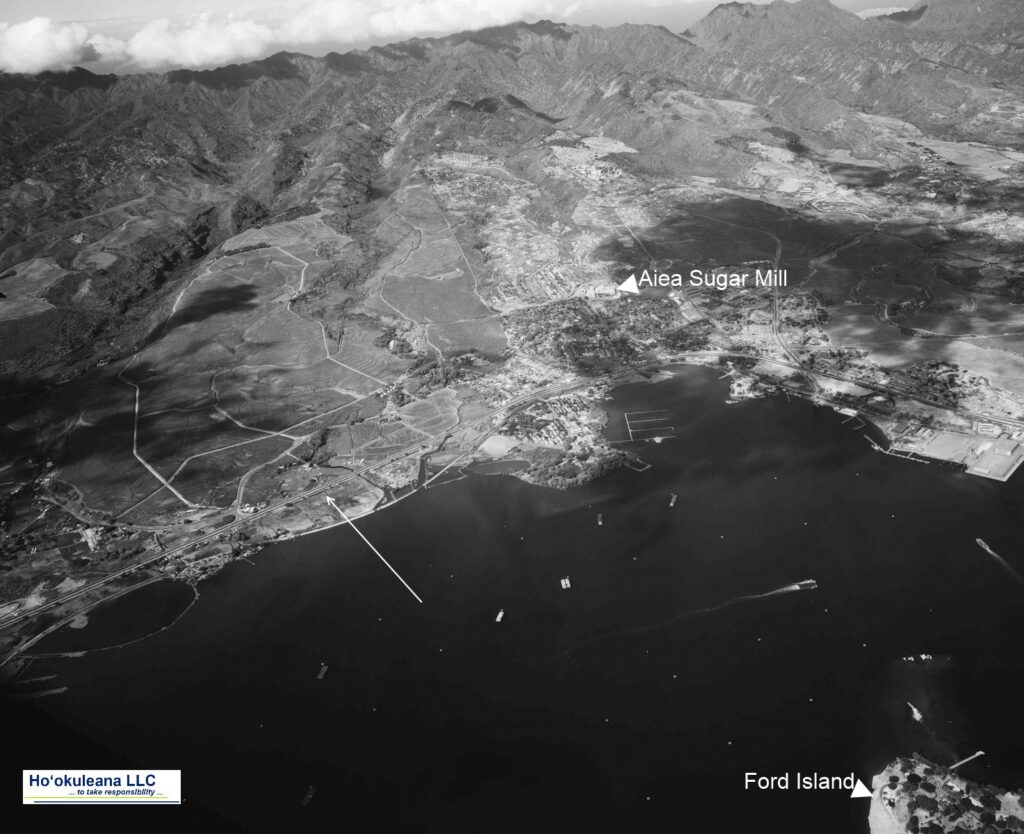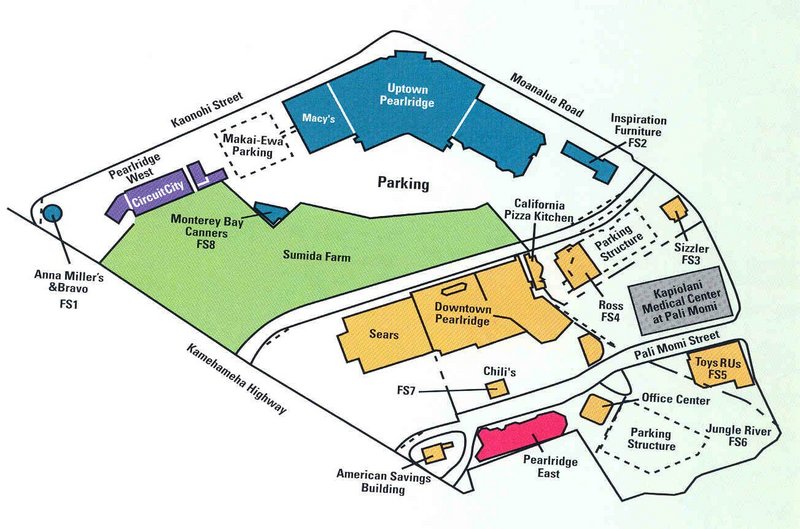“(S)everal islands were ruled by independent kings, who were frequently at war with each other, but more often with their own subjects. As one chief acquired sufficient strength, he disputed the title of the reigning prince.”
“If successful, his chance of permanent power was quite as precarious as that of his predecessor. In some instances the title established by force of arms remained in the same family for several generations, disturbed, however, by frequent rebellions … war being a chief occupation …” (Jarves)
At the period of Captain Cook’s arrival (1778-1779), the Hawaiian Islands were divided into four kingdoms: (1) the island of Hawaiʻi under the rule of Kalaniʻōpuʻu, who also had possession of the Hāna district of east Maui; (2) Maui (except the Hāna district,) Molokai, Lānai and Kahoʻolawe, ruled by Kahekili; (3) Oʻahu, under the rule of Kahahana; and (4) Kauai and Niʻihau, Kamakahelei was ruler.
“At that time Kahekili was plotting for the downfall of Kahahana and the seizure of Oʻahu and Molokai, and the queen of Kauai was disposed to assist him in these enterprises. The occupation of the Hāna district of Maui by the kings of Hawaiʻi had been the cause of many stubborn conflicts between the chivalry of the two islands.” (Kalākaua)
Following Kalaniʻōpuʻu’s death in 1782, the Hawaiʻi Island kingship was inherited by his son Kīwalaʻō; Kamehameha (Kīwalaʻō’s cousin) was given guardianship of the Hawaiian god of war, Kūkaʻilimoku. Dissatisfied with subsequent redistricting of the lands by district chiefs, civil war ensued between Kīwalaʻō’s forces and the various chiefs under the leadership of Kamehameha.
In the first major skirmish, in the battle of Mokuʻōhai (a fight between Kamehameha and Kiwalaʻo in July, 1782 at Keʻei, south of Kealakekua Bay on the Island of Hawaiʻi,) Kiwalaʻo was killed.
With the death of his cousin Kiwalaʻo, the victory made Kamehameha chief of the districts of Kona, Kohala and Hāmākua, while Keōua, the brother of Kiwalaʻo, held Kaʻū and Puna, and Keawemauhili declared himself independent of both in Hilo. (Kalākaua)
Back on Maui, Kahekili prepared for an invasion against Oʻahu and Kahahana. He landed at Waikīkī in the beginning of 1783. Kahekili, dividing his forces in three columns, marched from Waikīkī by Pūowaina (Punchbowl,) Pauoa and Kapena to battle Kahahana and his forces.
Kahahana’s army was routed, and he and his wife fled to the mountains. For nearly two years or more they wandered over the mountains, secretly aided, fed and clothed by his supporters. Kahekili’s warriors finally found and killed Kahahana.
In 1790, Kamehameha moved to take Maui – heading first to Hāna. Hearing this, Kahekili sent Kalanikūpule back to Maui with a number of chiefs (Kahekili remaining on O‘ahu to maintain order of his newly conquered kingdom.)
Helping Kamehameha were foreigners, John Young and Isaac Davis. John Young, a boatswain on the British fur trading vessel, Eleanora, had been stranded on the Island of Hawai‘i in 1790. Because of his knowledge of European warfare, Young is said to have trained Kamehameha and his men in the use of muskets and cannons.
Isaac Davis arrived in Hawaii in 1790 as the sole survivor of the massacre of the crew of The Fair American. Davis also brought western military knowledge; Young and Davis fought alongside Kamehameha in his battles.
Kahekili’s brother, Kamehamehanui (uncle to Kamehameha I,) lost Hāna, which was isolated from the rest of Maui. Kamehameha then landed at Kahului and marched on to Wailuku, where Kalanikūpule waited for him.
The ensuing battle was one of the hardest contested on Hawaiian record. The battle started in Wailuku and then headed up ‘l̄ao Valley – the Maui defenders being continually driven farther up the valley.
Kamehameha’s superiority in the number and use of the newly acquired weapons and canon (called Lopaka) from the ‘Fair American’ (used for the first time in battle, with the assistance from Young and Davis) finally won the decisive battle at ‘Īao Valley.
The Maui troops were completely annihilated, and it is said that the corpses of the slain were so many as to choke up the waters of the stream of ‘l̄ao – one of the names of the battle was “Kepaniwai” (the damming of the waters.)
Maui Island was conquered and its fighting force was destroyed – Kalanikūpule and some other chiefs escaped over the mountain at the back of the valley and made their way to Molokai, then to O‘ahu. With Kalanikūpule was Kalola, daughter of King Kekaulike, sister to Kahekili and aunt of Kalanikūpule. Kalola was also grandmother to Keōpūolani.
Kamehameha followed Kalola to Molokai and made a “request that she (Kalola) should confide her daughters and granddaughter to his care and protection. To which Kalola is said to have replied, ‘When I am dead, my daughters and granddaughter shall be yours.’” (Fornander)
Kamehameha camped on Molokai until Kalola died. This “capture” of the women by Kamehameha, a conquering chief taking the widow and female relatives of his defeated rival, was politically important. Taking Keōpūolani as his new wife, Kamehameha returned to Hawaiʻi Island.
The abrupt departure of Kamehameha and his fleet from Molokai and his return to Hawaiʻi took a great weight off the mind of Kahekili, and plans of vengeance occupied his thoughts and brightened his vision in the immediate future. He was doubtless encouraged by Kāʻeokūlani, who by this time had obtained the supremacy of Kauai, and who urged his brother to avenge the defeat of Kalanikūpule. (Fornander)
Negotiations and preparations having been perfected between the Kauai and Oʻahu sovereigns during the winter months of 1790-91, Kāʻeokūlani left Kauai with a well-equipped fleet of war canoes, accompanied by a foreign gunner Mare Amara and arrived at Oʻahu in the spring of 1791. (Fornander)
Kahekili decided that no better time could be chosen to attack Kamehameha. The chiefs had massed their forces on Maui. Here Kāʻeokūlani, took the leadership role. After a little rest, the Kauai fleet swept across the channel and passed down the eastern side of Hawaiʻi. They ransacked villages along the way. Finally Kamehameha’s canoes and ships caught up with them off Waimanu, not far from Waipiʻo.
In former years a naval battle meant the clash of canoe against canoe. This battle was different.
Unlike the prior battle at ʻĪao, here both sides had modern firearms and people who knew how to use them (this battle was the first in Hawaiʻi that saw both sides have foreign gunners, Mare Amara with Kahekili, and Isaac Davis and John Young with Kamehameha.)
The people on the bluffs saw the red flashes of the guns and noted the increasing noise of the artillery until they could no longer hear the voices of men. As the clouds of smoke crept over the sea the battle became, in the view of the watchers, a fight between red mouthed guns, and they shouted one to another the news of the progress of the conflict according to the predominance of flashing muskets and cannon.
It was soon seen that the invaders were being defeated. The man who had the best arms and the best gunners won the victory. The Kauai and Oʻahu Chiefs fled with their scattered fleets to Maui.
Kamehameha soon followed them, and during the next three years, step by step, passed over the islands until the kingdom was his. (Westervelt)
The battle was so fierce that it was called Kepuwahaʻulaʻula (the Battle of the Red-Mouthed Gun.) The image depicting the battle is artwork by Herb Kane (Kamehameha is in the Fair American.)






























